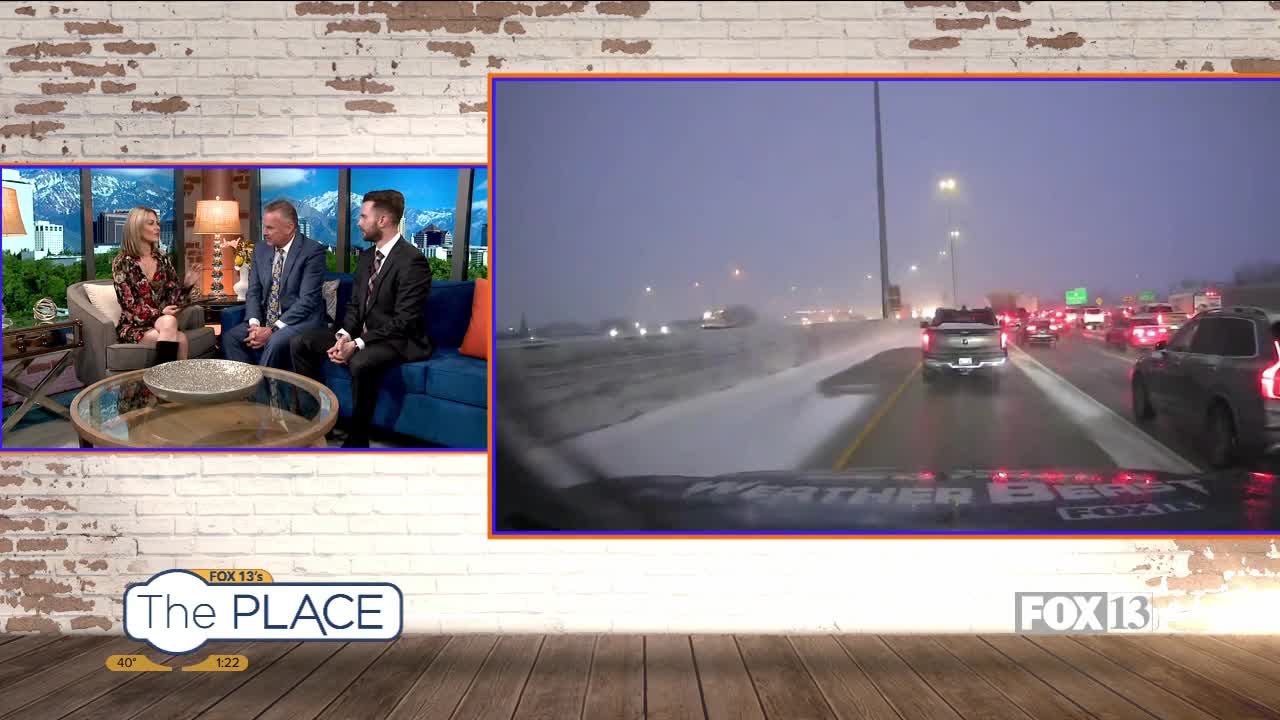In Utah we are lucky to get the full spectrum of seasons, and along with that comes the full spectrum of driving climates.
We still have the final stretch of winter to get through, so Personal Injury Attorneys Craig Swapp and Ryan Swapp joined us with some helpful reminders to stay safe on snowy and icy roads.
• Tire Maintenance: You want the very best traction as you drive during the winter months, and traction is often severely jeopardized in wet, snowy, or icy conditions. Anyone who has ever hit black ice, or hydroplaned knows how quickly you can lose control of your vehicle. Winter tires are designed to provide better traction and control in cold conditions. Ensure your tires are properly inflated and consider investing in winter tires if you haven't already. Check the tread depth regularly, as adequate tread is essential for gripping slippery surfaces.
• Safe Following Distances: In icy and snowy conditions, stopping distances increase significantly. Maintain a safe following distance from the vehicle in front of you, allowing enough time to react and stop if necessary. Remember the rule of thumb: increase your following distance to at least 8-10 seconds.
• Adjusting Driving Speed: Reduce your speed in winter weather to allow for better control and reaction time. Driving at or below the speed limit is crucial when roads are covered in ice or snow. Accelerate and decelerate gradually to avoid skidding.
• Braking Techniques for Slippery Roads: Practice gentle and steady braking to prevent skidding. If your vehicle has an anti-lock braking system (ABS), apply constant pressure on the brake pedal. For non-ABS vehicles, use a pumping motion to prevent wheel lock-up.
• Clearing Snow and Ice: Ensure all windows, mirrors, lights, and your vehicle's roof are clear of snow and ice before driving. Improving visibility is crucial for your safety and the safety of others on the road.
• Emergency Kit: Pack a winter emergency kit that includes essentials like a blanket, extra clothing, non-perishable snacks, a flashlight, and a first aid kit. In case of an emergency or unexpected delays, having these items on hand can make a significant difference.
Craig and Ryan Swapp also say it's important to make sure you have enough insurance. Now is a great time to review your insurance limits. They strongly recommend no less than $100,000 per person/$300,000 per accident (commonly known as 100/300 coverage) limits.
You can contact them at craigswapp.com.



